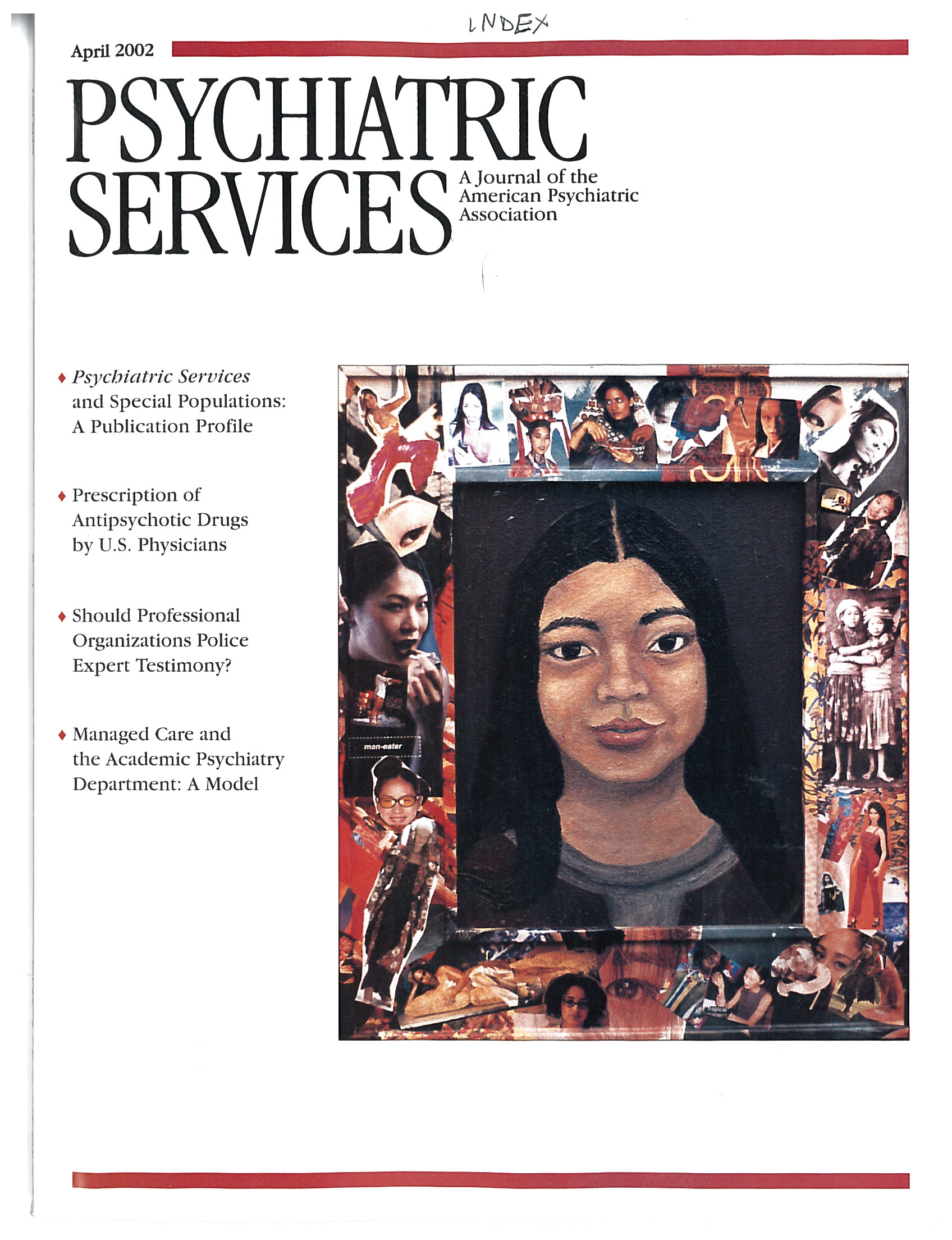Despite advances in psychopharmacology, many patients remain too impaired to be discharged from state hospitals. One response to this problem in New York State was the development of a partnership among a private hospital, the New York Presbyterian Hospital-Weill Medical College of Cornell University-Westchester Division (NYPH-WD), the New York State Office of Mental Health, and four community residence providers in New York City. The goal of this partnership was to develop an alternative treatment model for "untreatable" patients who had been in state hospitals for more than three years. Such patients would be placed in the Second Chance Program, a new, specialized 30-bed inpatient unit at NYPH-WD. The program opened in the winter of 1998.
Patients in the program receive aggressive pharmacotherapy in addition to milieu management, group skills training, and individualized interventions to address their behavioral excesses and deficits. A point system based on comprehensive observational ratings is used for determining on-ward and off-ward privileges. Patients receive daily ratings on ten criteria each for appearance and grooming, room cleanliness, behavior at meals, and preparation for sleep. Points are given for each criterion met, and extra points are given to patients who reach the targets set for them on the basis of their performance during the previous two weeks. In addition, patients receive daily ratings on 20 inappropriate behaviors and four classes of socially appropriate behaviors. The total number of points earned and lost is computed at the end of the week to determine each patient's level of on-ward and off-ward privileges for the next seven days.
All of these data are entered into a software application developed for the Second Chance Program, and individual patient reports are produced. The reports include frequency counts of each behavior during the previous week, the week before that, and the first week the patient was on the unit. Patients receive a copy of their own report each week, and clinical staff receive reports on all patients. The reports are reviewed at weekly staff meetings. The data in the reports are used not only for setting privilege levels but also for treatment planning and for informing patients about progress in the program and behaviors that need further change.
The program also uses a token economy, which can be thought of as a prosthetic environment for people with severe cognitive deficits. Patients earn tokens for meeting specific behavioral targets; such targets may be for the behaviors noted above or for aspects of behavior at group sessions, including arriving on time, participating, and staying for the entire session. An important feature of the system is that as a patient's behavior begins to approach community standards, external reinforcers are used less, and social and internal controls are relied on more.
Within the milieu, feedback for appropriate and inappropriate behaviors is given through a specific form of prompting that highlights consequences of behavior and, for inappropriate behavior, assists the patient in choosing a better alternative. In addition to these milieu management systems, the program offers a full range of skills training, cognitive rehabilitation, and recreational groups.
By April 2001, a total of 181 patients had been admitted to the program, 30 of whom were in the program at that time. The average length of stay for the current state hospital admission for the 181 patients was seven years. Of the 151 patients who had left the program, 116 (77 percent) had been discharged directly to the community, most to one of the program's four residence provider partners, and some to other housing providers or to live with family members. The other 23 percent had been readmitted to the state hospital.
The median length of stay in the program for first admissions for the 151 patients was 87 days; the mean was 145 days. Of the 116 discharged patients, 63 (54 percent) had not yet required readmission to the program. Among those who did, the mean length of community tenure before readmission was 176 days, and the mean length of stay in the program during the readmission was 67 days.
Data on patients' behavior change while in the program indicate large improvements in nearly all areas relevant to effective functioning in the community. In addition, rates of aggressive behavior dropped significantly. For example, before the introduction of behavioral interventions, the frequency of the use of seclusion and restraint for all patients combined was 9.3 per month, and 17.9 incidents occurred per month. With the program of behavioral interventions, both of these rates dropped below two per month.
The Second Chance Program model has proved to be effective for treating patients who were considered unlikely to be discharged from state hospitals. The program provides further evidence that when intensive behavioral treatment is combined with appropriate psychopharmacology, the number of patients deemed to have treatment-refractory psychosis is far lower than when medication alone or medication plus inpatient treatment-as-usual are used.

